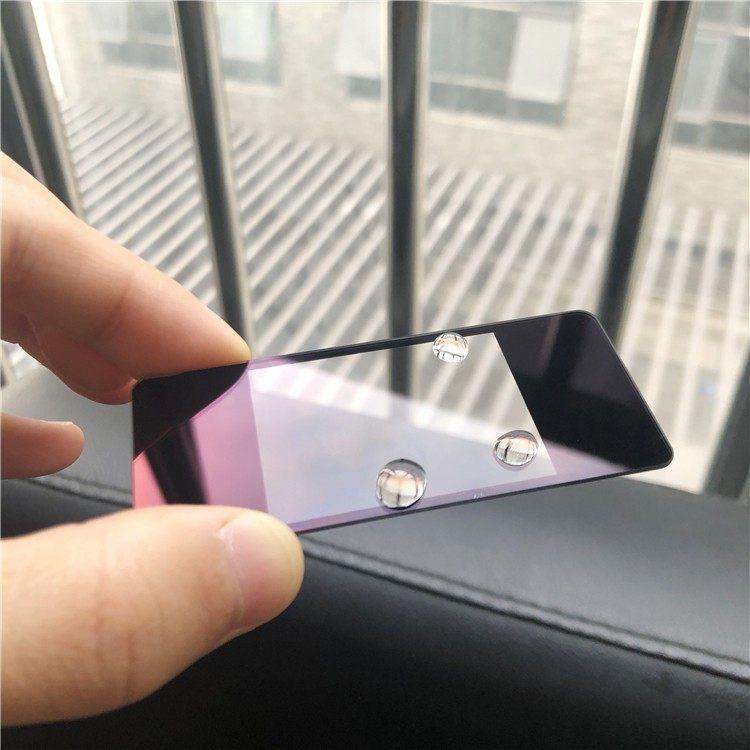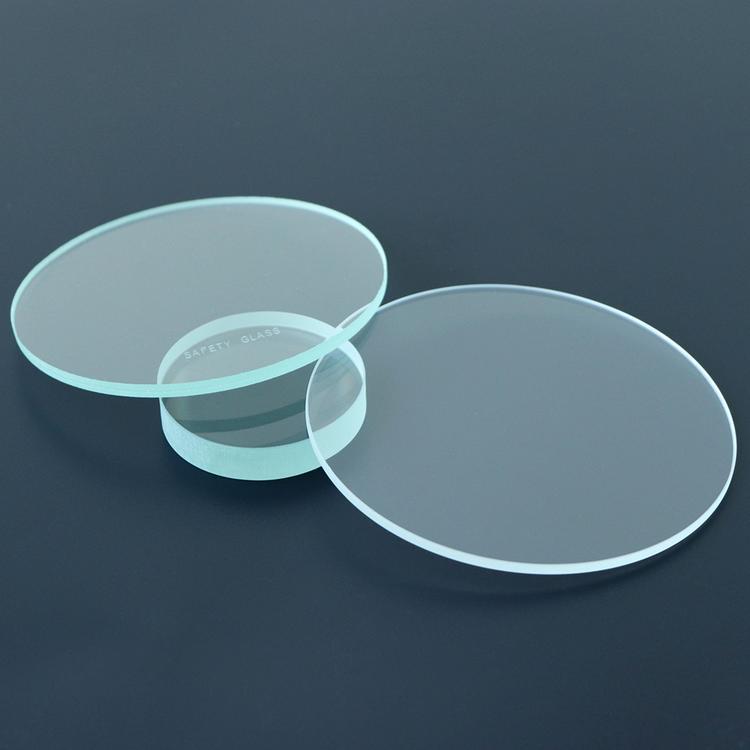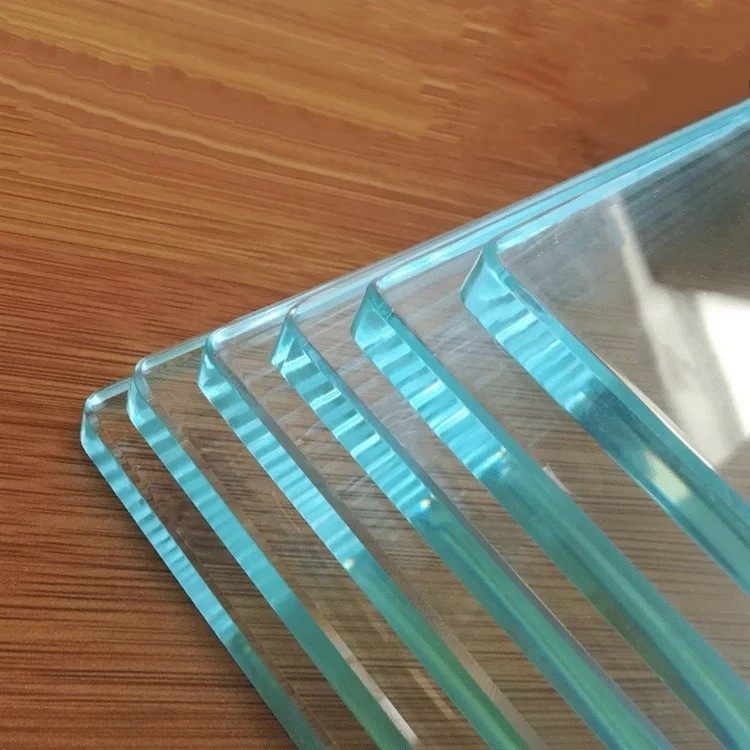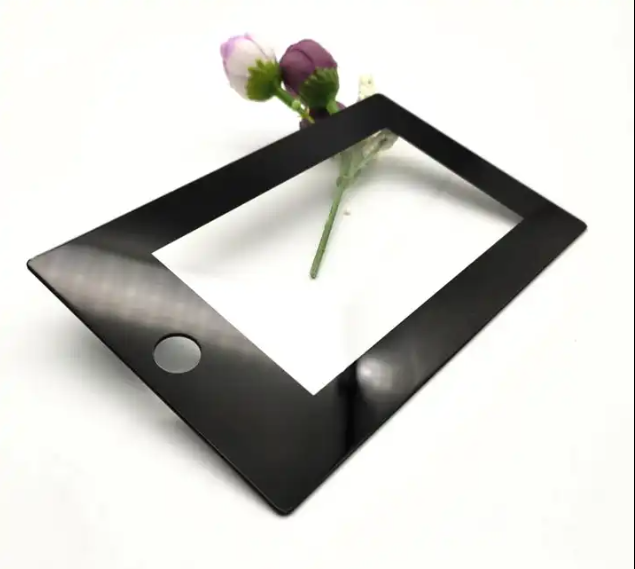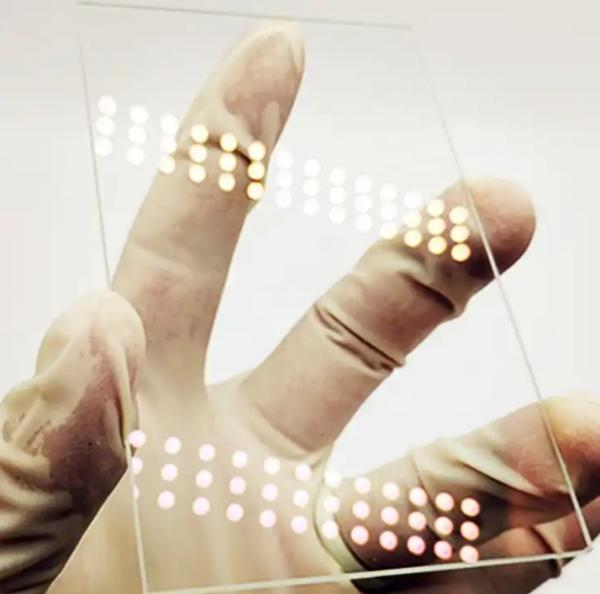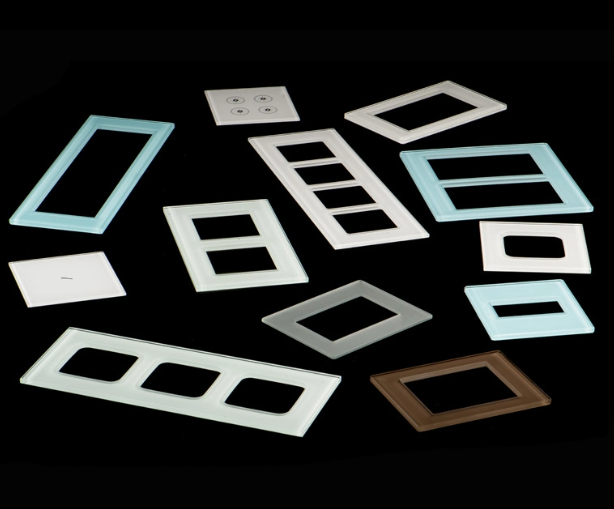
Understanding the Difference Between Screen Glass and Screen Guards
In the world of smartphones and other electronic devices, protecting the screen is of utmost importance. With the advancements in technology, manufacturers have introduced various solutions to safeguard the screens from scratches, cracks, and other damages. Two commonly used options are screen glass and screen guards. In this article, we will delve into the difference between these two protective measures and their respective advantages and disadvantages.
Screen Glass
Screen glass, also known as tempered glass, is a type of screen protector that is made from a specially processed glass material. It is designed to provide a high level of protection for the device’s screen against scratches, impacts, and shattering. Here are some key points to consider about screen glass:
Installation and Fit
Screen glass is typically custom-made to fit specific device models. It usually comes with an adhesive layer that allows for easy installation. The glass is carefully aligned with the screen and then pressed onto it to create a secure bond. The precise fit ensures that the touch sensitivity and clarity of the screen are not compromised.
Protection and Durability
One of the main advantages of screen glass is its exceptional durability. Tempered glass is highly resistant to scratches, cracks, and impacts. It can absorb the force of accidental drops and protect the underlying screen from damage. Additionally, screen glass is designed to shatter into small, blunt pieces upon impact, reducing the risk of injury.
Touch Sensitivity and Clarity
Screen glass is engineered to provide a smooth and responsive touch experience. It does not hinder the touch sensitivity of the device and maintains the clarity of the screen. The glass is designed to be highly transparent, ensuring that the display quality remains unaffected.
Oleophobic Coating
Many screen glass protectors are coated with an oleophobic layer. This coating helps repel fingerprints, smudges, and oils, making it easier to keep the screen clean and smudge-free. The oleophobic coating also facilitates smooth swiping and scrolling gestures on the touchscreen.
Installation Challenges
While screen glass can be easy to install for some users, others may face challenges in aligning it perfectly and avoiding air bubbles during the installation process. It requires careful handling and precise alignment to achieve optimal results.
Screen Guards
Screen guards, also known as screen protectors or films, are thin, transparent sheets made from materials like PET (polyethylene terephthalate) or TPU (thermoplastic polyurethane). They are designed to provide a layer of protection for the screen. Here are some key points to consider about screen guards:
Installation and Fit
Screen guards come in various sizes and shapes to fit different devices. They usually have a self-adhesive layer that allows for easy installation. The film is carefully aligned with the screen and applied to create a smooth, bubble-free surface.
Protection and Durability
Screen guards offer a moderate level of protection against scratches, dust, and minor impacts. While they may not provide the same level of impact resistance as screen glass, they can still prevent the screen from getting scratched in day-to-day use.
Touch Sensitivity and Clarity
Screen guards are designed to be thin and transparent, allowing for good touch sensitivity and screen clarity. However, compared to screen glass, they may have a slightly different tactile feel and can sometimes affect the smoothness of touch gestures.
Anti-Glare and Privacy Options
Some screen guards come with additional features like anti-glare coating, which helps reduce reflections and improve visibility in bright environments. There are also privacy screen guards that restrict the viewing angles, making it difficult for others to see the content on the screen.
Affordability and Replacement
Screen guards are generally more affordable than screen glass protectors. However, they may need to be replaced more frequently due to wear and tear. Over time, screen guards can develop scratches and lose their clarity, requiring replacement to maintain the desired level of protection.
Conclusion
Both screen glass and screen guards serve the purpose of protecting the screens of electronic devices. Screen glass offers superior protection, durability, and ease of installation, while screen guards provide a more affordable option with moderate protection. The choice between the two depends on individual preferences, budget, and the level of protection required. Whether you opt for screen glass or screen guards, investing in some form of screen protection is a wise decision to ensure the longevity and usability of your device’s screen.

